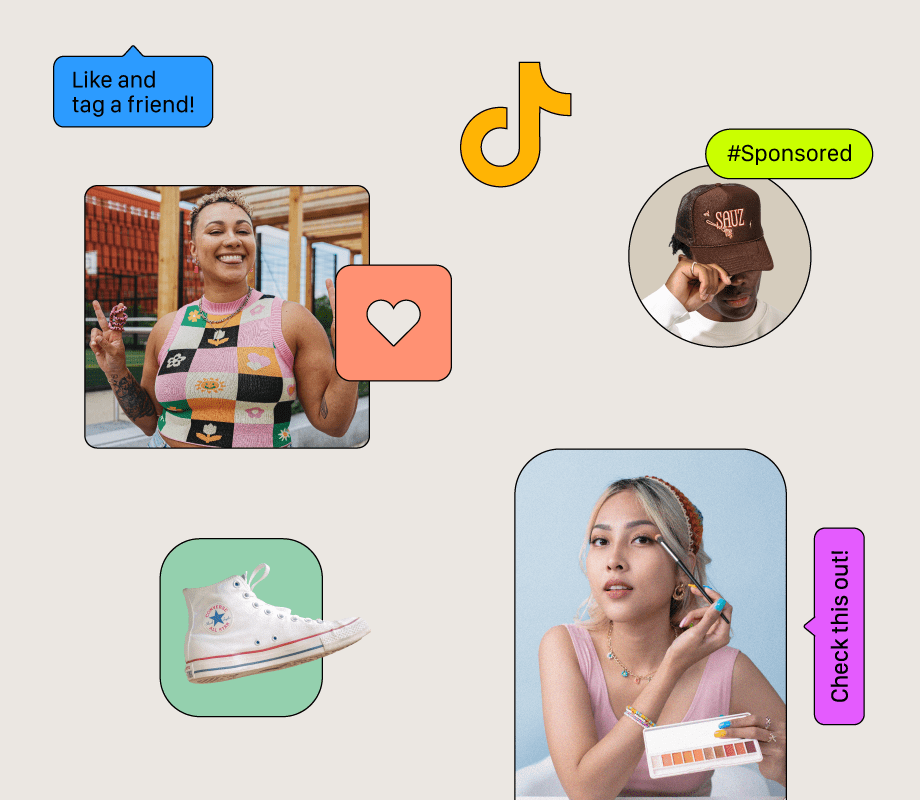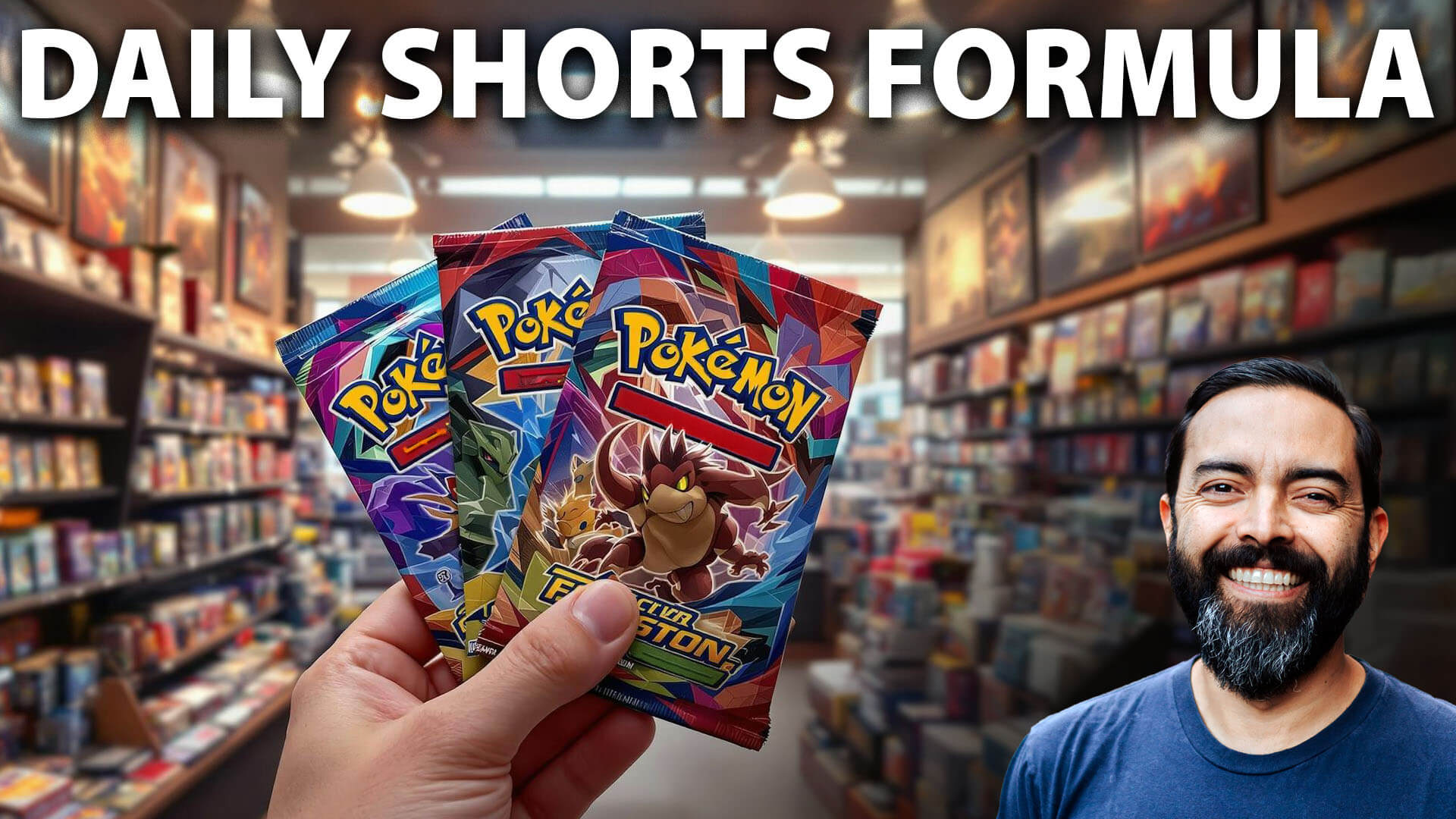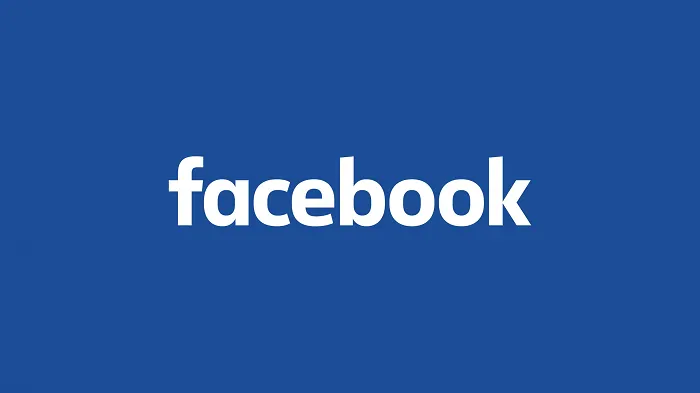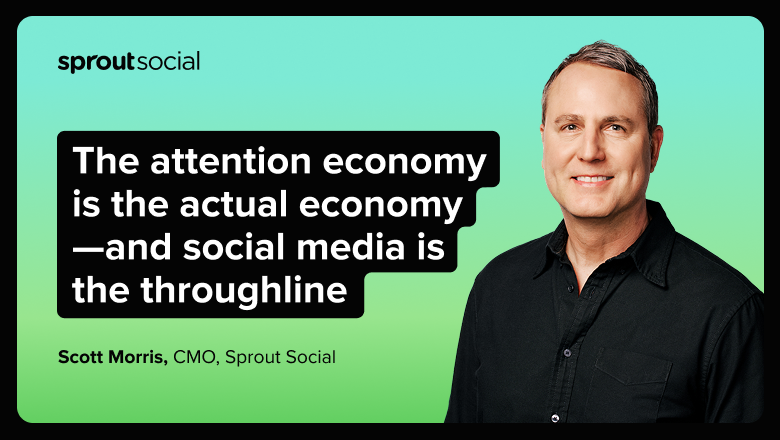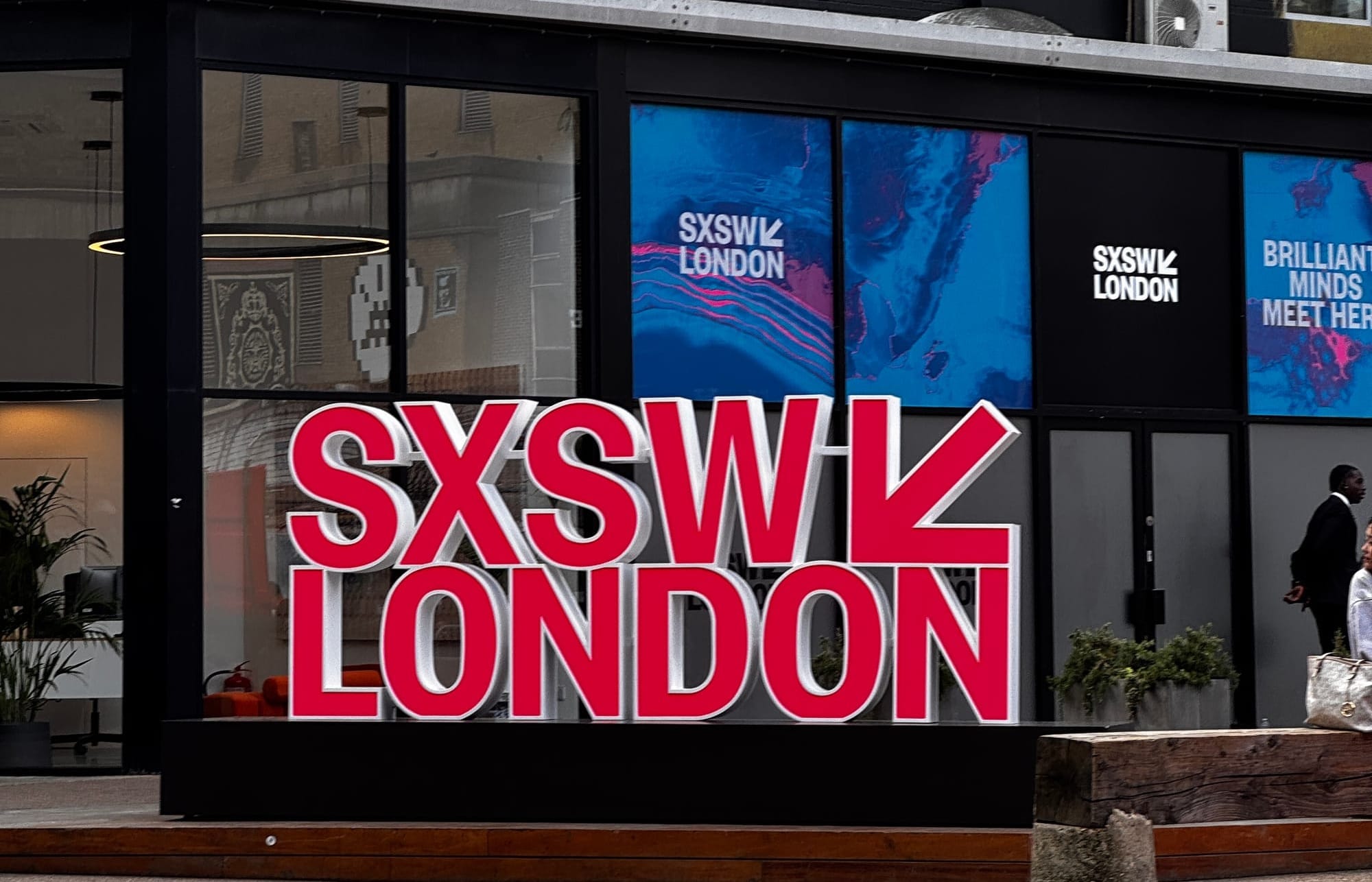The Most Up-To-Date Social Media Data From Buffer
This living resource curates every original data report we've published, from platform-specific trends to posting strategies that actually work.


At Buffer, we don’t just write about social media — we study it.
This living resource curates every original data report we've published, from platform-specific trends to posting strategies that actually work.
Whether you're a creator, marketer, or small business owner, these insights can help you make smarter content decisions backed by real numbers.
Key points to note
Before diving into the numbers, here are a few important notes to keep in mind:
- Engagement ≠ Total Volume: A high engagement rate doesn’t always mean more total interactions. For example, LinkedIn may have a higher engagement rate, but Instagram often drives far more total views and interactions due to its larger reach.
- Different platforms, different behaviors: A “like” on Threads doesn’t carry the same weight as a “save” on Instagram or a “share” on LinkedIn. Each platform rewards and surfaces content differently, and user intent varies.
- Not all engagement is visible: Many platforms now prioritize private signals like DMs, shares, and saves, meaning some of the most meaningful engagement isn’t reflected in public metrics.
- Algorithms are always changing: These studies reflect a snapshot in time (usually over a 6–12 month period). Platform algorithms evolve quickly, so trends may shift, especially after major feature or ranking updates.
- Consistency affects everything: Across nearly every study, one pattern holds: creators who post consistently (especially weekly) tend to outperform sporadic posters, regardless of platform or format.
- Correlation ≠ causation: Just because a format (like long-form TikToks) performs well on average doesn’t mean every long video will outperform a short one. These are trends, not guarantees.
- Buffer’s dataset reflects the activities of Buffer users: All data is based on activity from Buffer-connected accounts — primarily small businesses, creators, and marketing teams.
Some important definitions and formulas
Here are some terms you’ll run into throughout this page and what they mean.
→ The percentage of people who interacted with your post out of the total who saw it.
How we calculate engagement rate:
(Total Interactions ÷ Total Impressions) × 100
Average
→ The sum of all engagement rates divided by the number of posts. Helpful for comparing platform performance overall.
Median
→ The “middle” value in a list of engagement rates. It removes outliers and gives a clearer picture of typical performance over time.
Reach
→ The number of unique users who saw your post — one of the best indicators of how far your content traveled.
Watch time
→ The total time people spent watching your video. For TikTok, YouTube Shorts, and Reels, this is often more important than views or likes.
Post consistency
→ How often you post over a given time period. In our studies, “consistent” typically means posting at least once a week for 5+ weeks.
Engagement benchmarks and posting behavior
These reports will help you understand what’s normal on social media — and what it takes to stand out.
What’s a good engagement rate on social media in 2025?
To determine where users are engaging the most, we analyzed average and median engagement rates across eight major social platforms over a full year.
The findings reveal not just which platforms perform best, but how engagement is shifting over time — and what that means for your content strategy.
Platform-wide average engagement rates
We checked for average engagement first, which helps us compare platforms at a high level, showing where engagement is strongest overall.
This snapshot reveals where content tends to get the most traction overall — and where high visibility doesn’t always translate to high engagement.
So, in ranking order:
- LinkedIn: 6.50%
- Facebook: 5.07%
- TikTok: 4.86%
- Threads: 4.51%
- YouTube Shorts: 4.41%
- Pinterest: 3.46%
- X/Twitter: 2.31%
- Instagram: 1.16%

Median engagement trends from Jan 2024 – Jan 2025
Of course, averages can be skewed by a few viral hits. That’s why we also looked at median engagement over time — to understand what the average creator is experiencing month to month.
We found that some platforms are rising, others are holding steady, and a few are clearly slipping.
- LinkedIn: rose from 6.00% → 8.01%
- Instagram: dropped from 2.94% → 0.61%
- Threads: decreased from 4.76% → 3.60%
- TikTok: slid from 5.14% → 4.56%
- YouTube Shorts: climbed from 3.95% → 4.71%
- Pinterest: jumped from 3.08% → 5.26%
- Facebook: steadied around 5.45%
- X/Twitter: declined from 3.47% → 2.15%
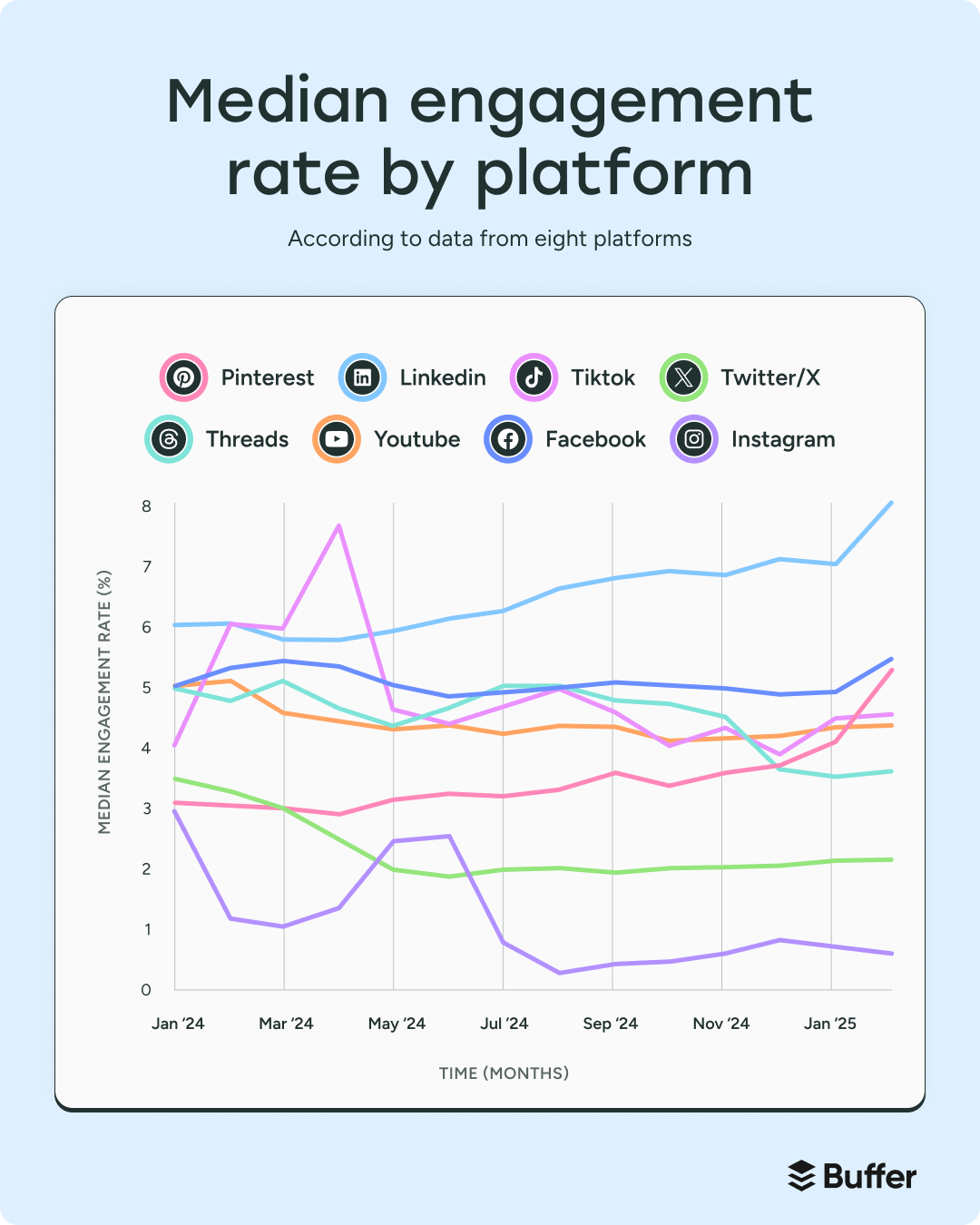

















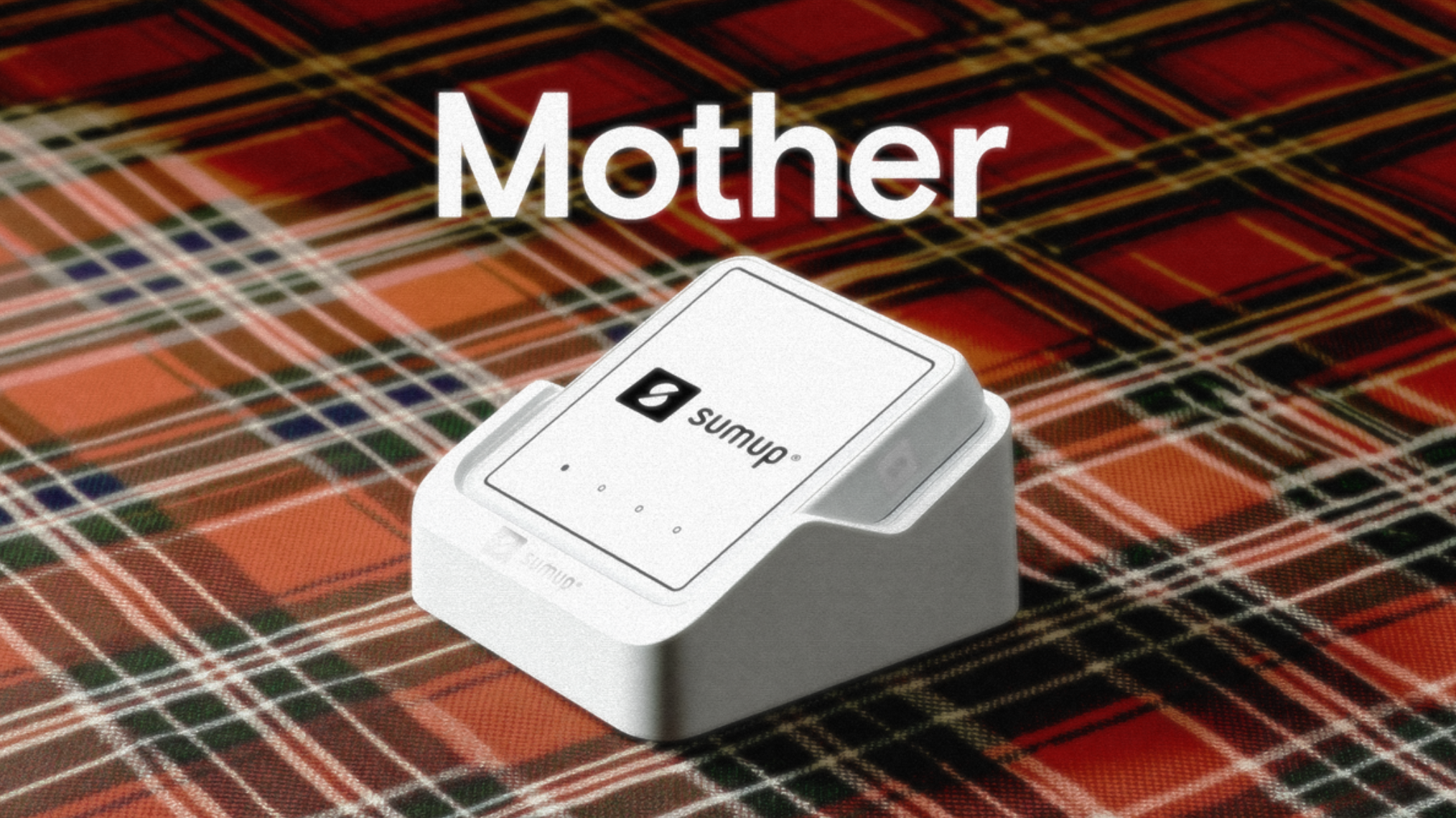

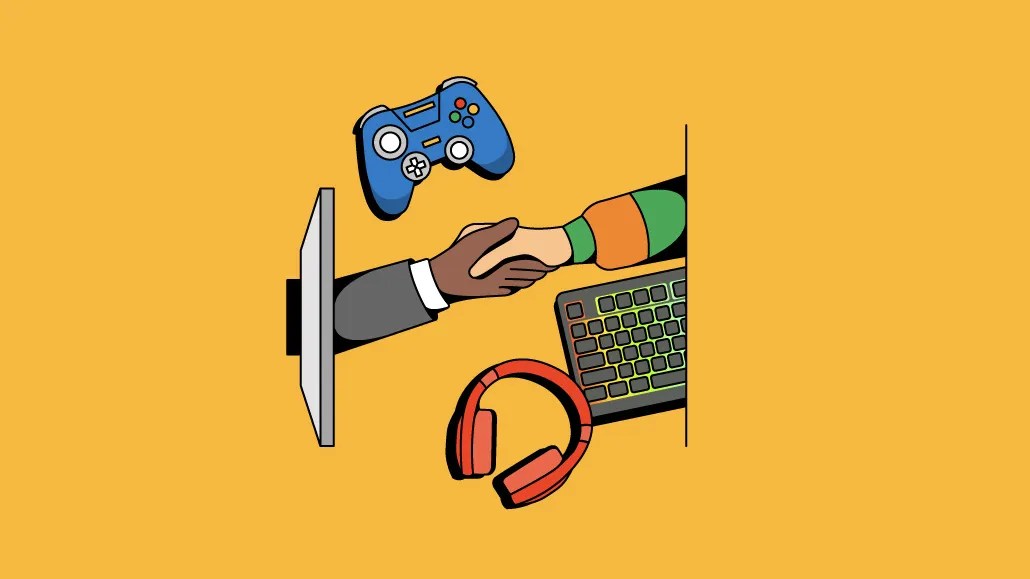








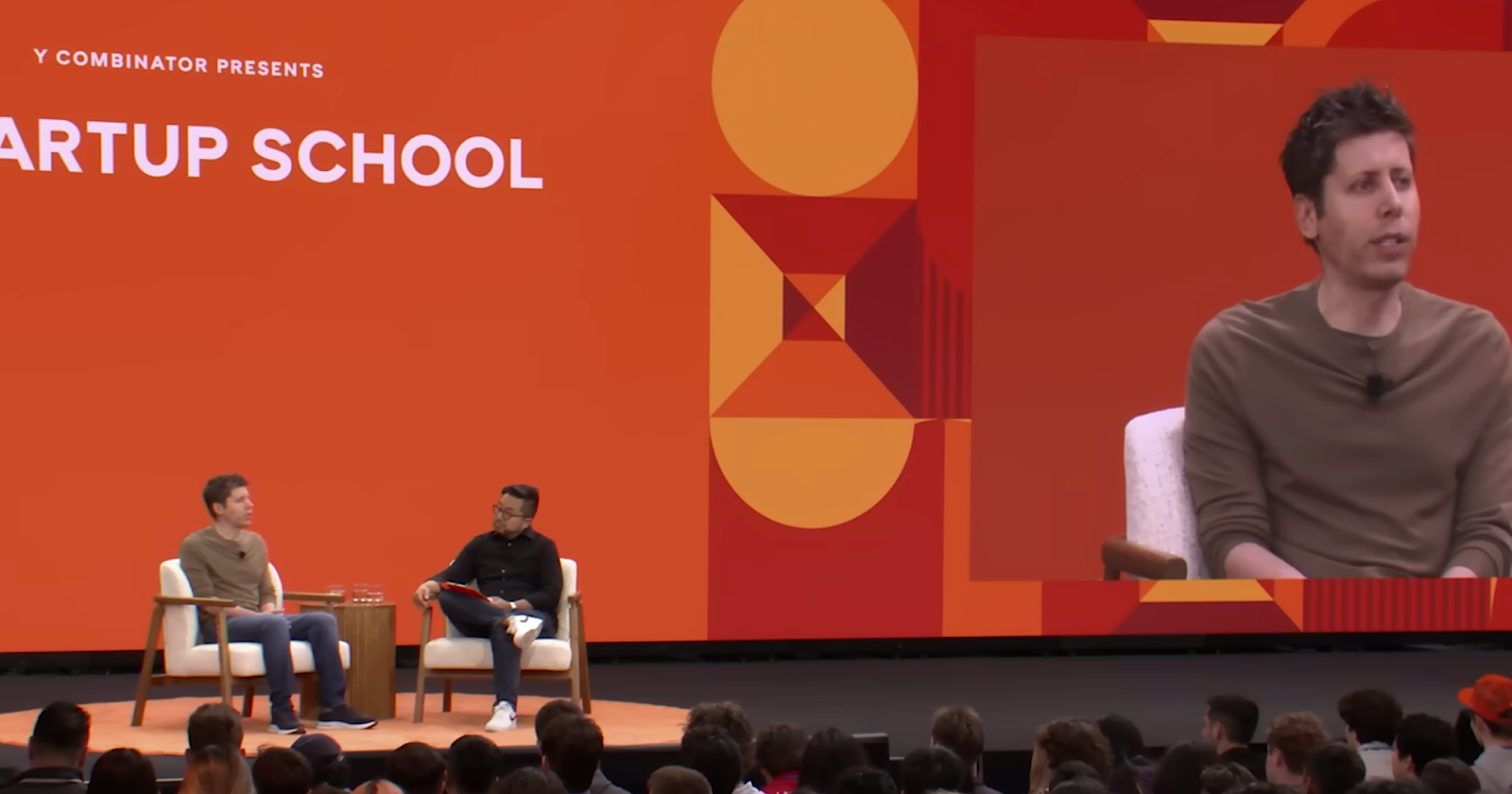






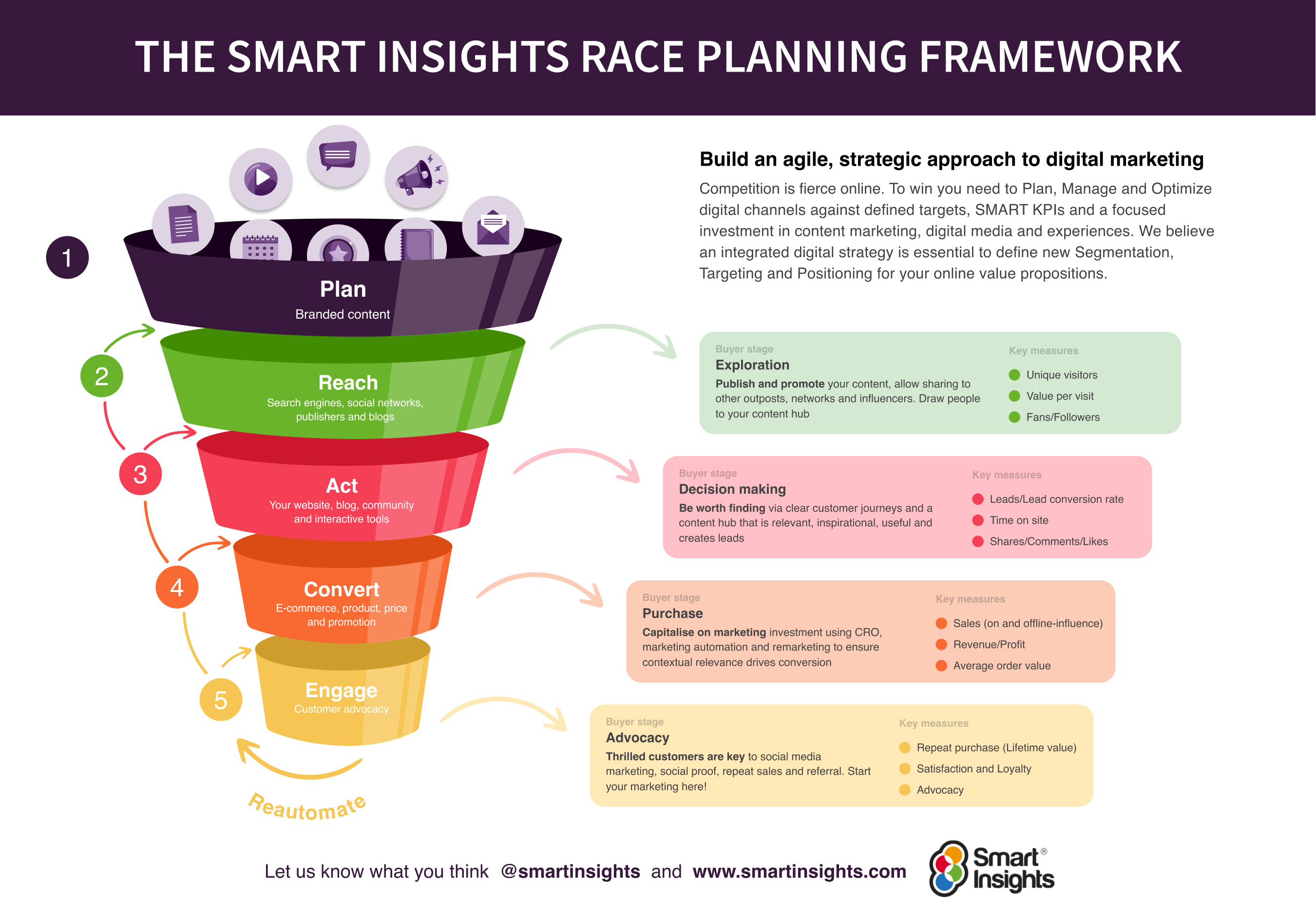















































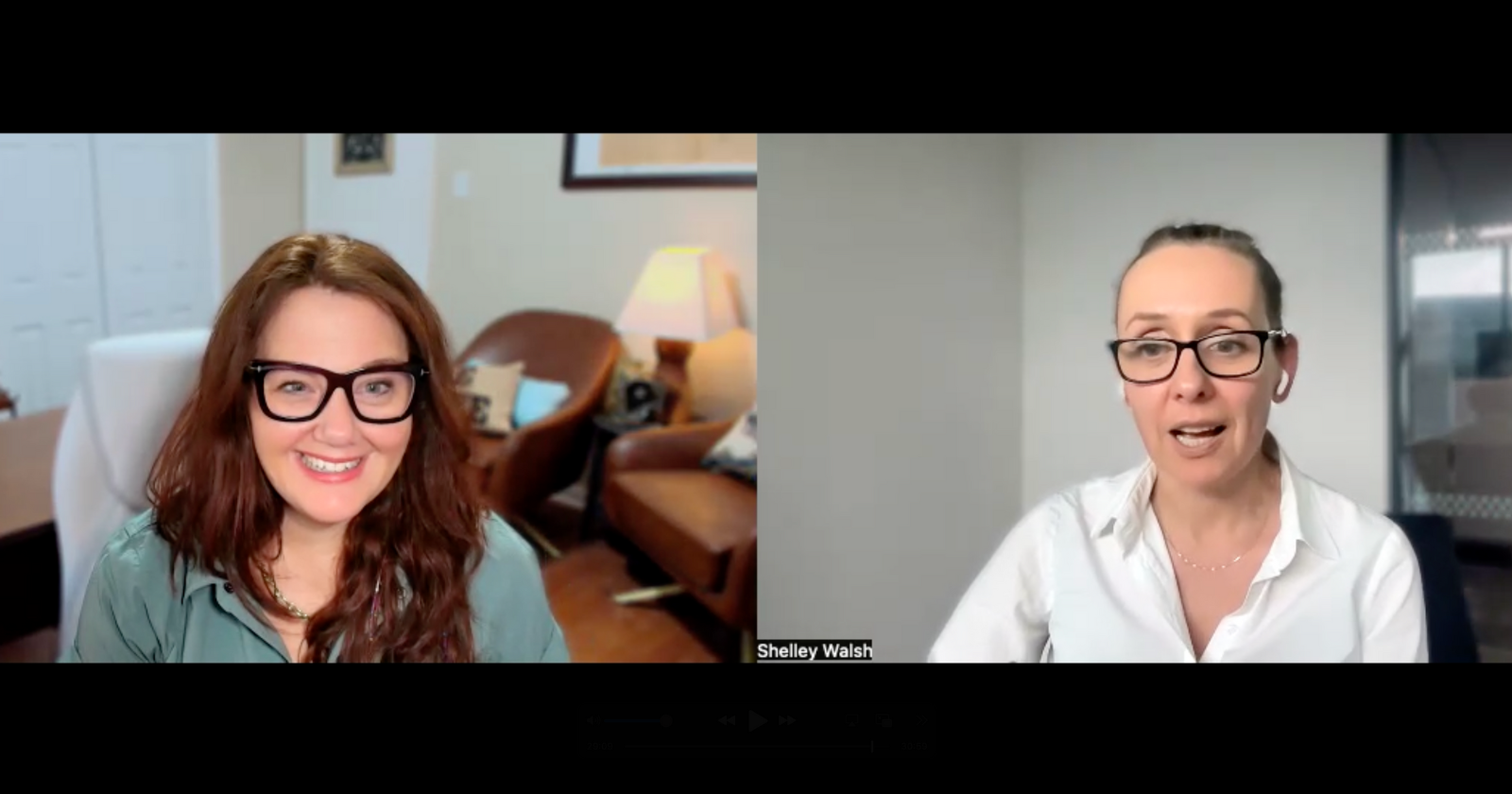

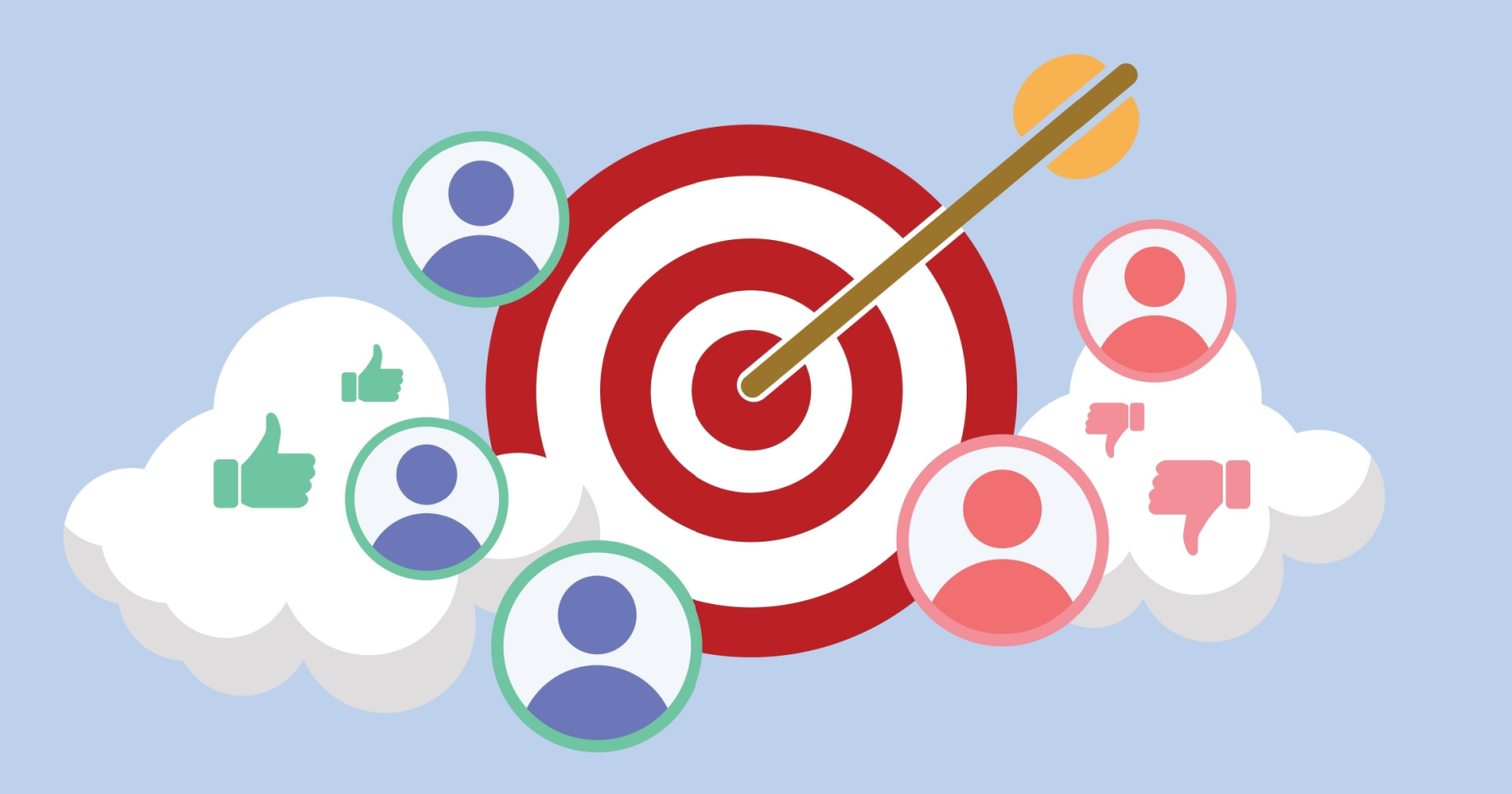



![Brand and SEO Sitting on a Tree: K-I-S-S-I-N-G [Mozcon 2025 Speaker Series]](https://moz.com/images/blog/banners/Mozcon2025_SpeakerBlogHeader_1180x400_LidiaInfante_London.png?auto=compress,format&fit=crop&dm=1749465874&s=56275e60eb1f4363767c42d318c4ef4a#)
![How To Build AI Tools To Automate Your SEO Workflows [MozCon 2025 Speaker Series]](https://moz.com/images/blog/banners/Mozcon2025_SpeakerBlogHeader_1180x400_Andrew_London-1.png?auto=compress,format&fit=crop&dm=1749642474&s=7897686f91f4e22a1f5191ea07414026#)
![How to Create an SEO Forecast [Free Template Included] — Whiteboard Friday](https://moz.com/images/blog/banners/WBF-SEOForecasting-Blog_Header.png?auto=compress,format&fit=crop&dm=1694010279&s=318ed1d453ed4f230e8e4b50ecee5417#)
![What Are Good Google Ads Benchmarks In 2025? [STUDY] via @sejournal, @brookeosmundson](https://www.searchenginejournal.com/wp-content/uploads/2025/06/benchmark-273.png)







![AI Content Is 4.7x Cheaper Than Human Content [+ New Research Report]](https://ahrefs.com/blog/wp-content/uploads/2025/06/ai-content-is-4.7x-cheaper-than-by-ryan-law-data-studies.jpg)
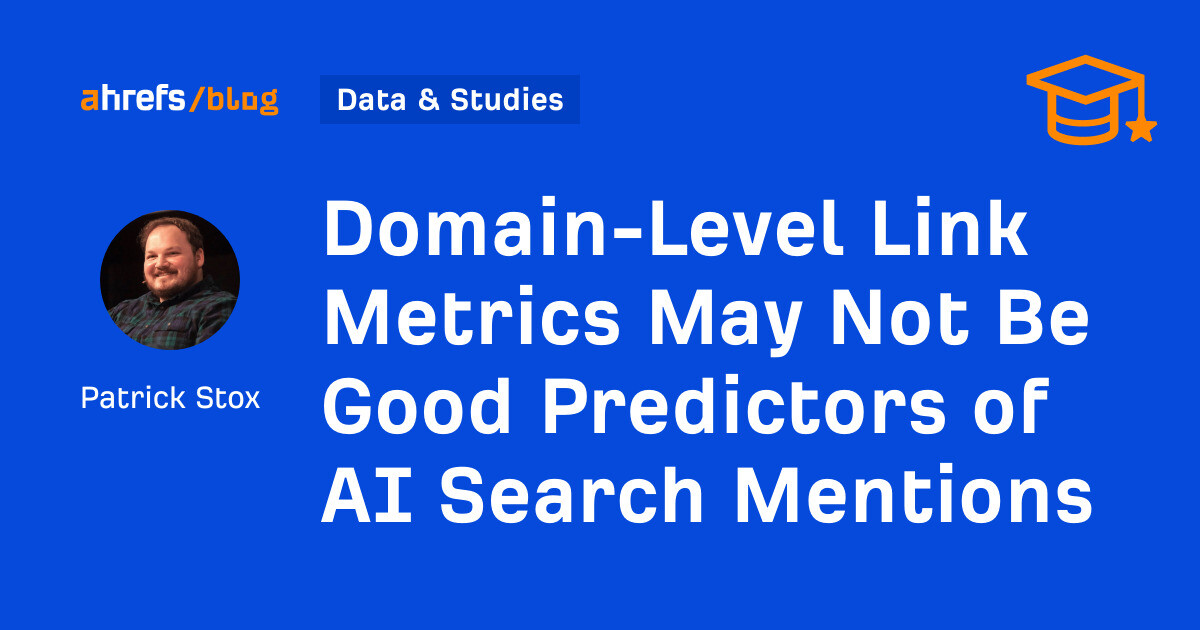
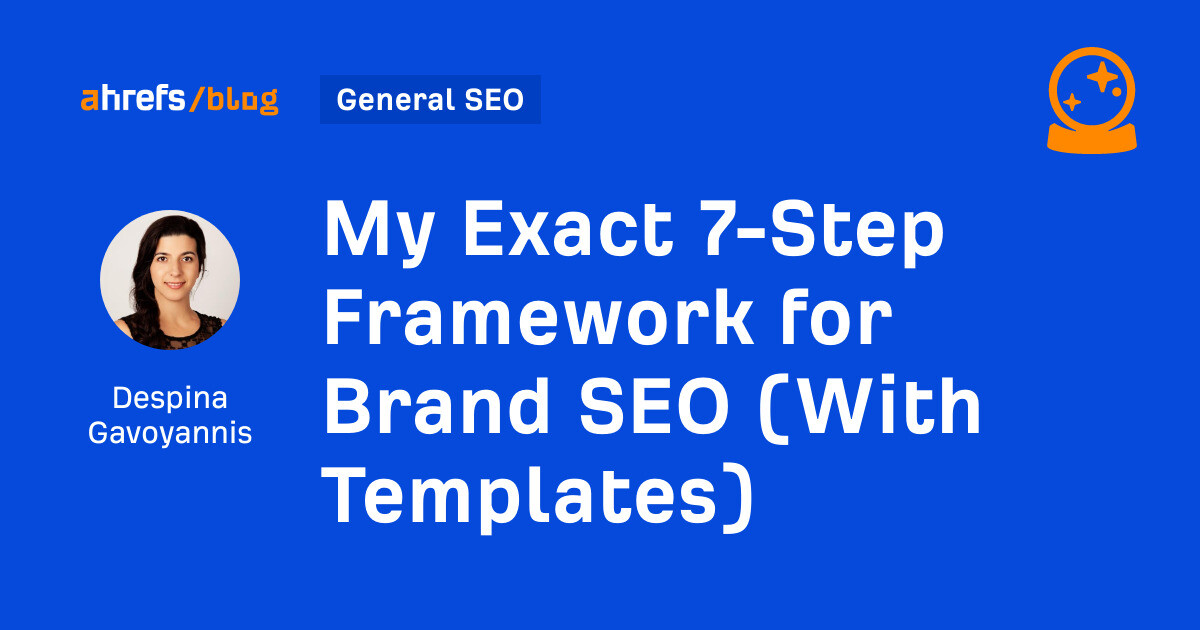



![Snapchat Shares Trend Insights for Marketers To Tap Into This Summer [Infographic]](https://imgproxy.divecdn.com/7LB56F586EcY82vl5r47Ba6f7RdKcHkNelnSgSe8Umc/g:ce/rs:fit:770:435/Z3M6Ly9kaXZlc2l0ZS1zdG9yYWdlL2RpdmVpbWFnZS9zbmFwX2tzYTIucG5n.webp)
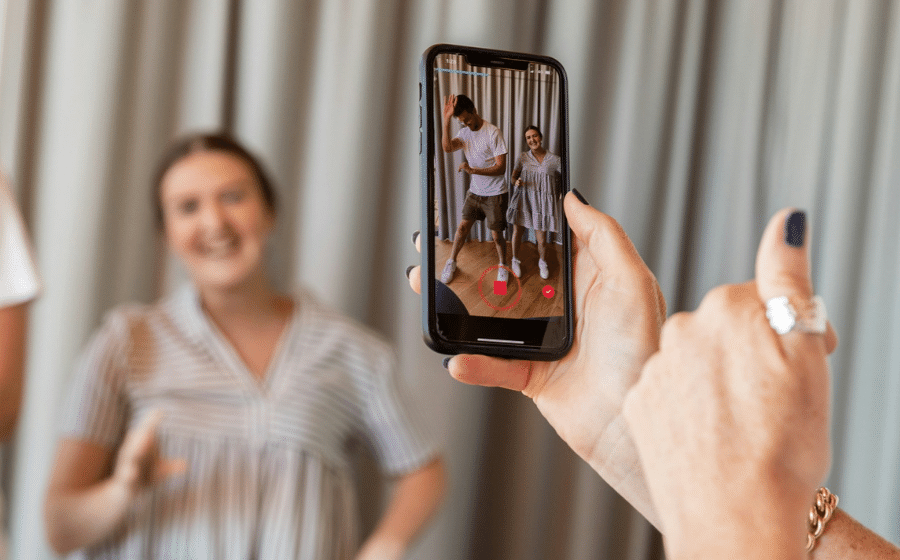
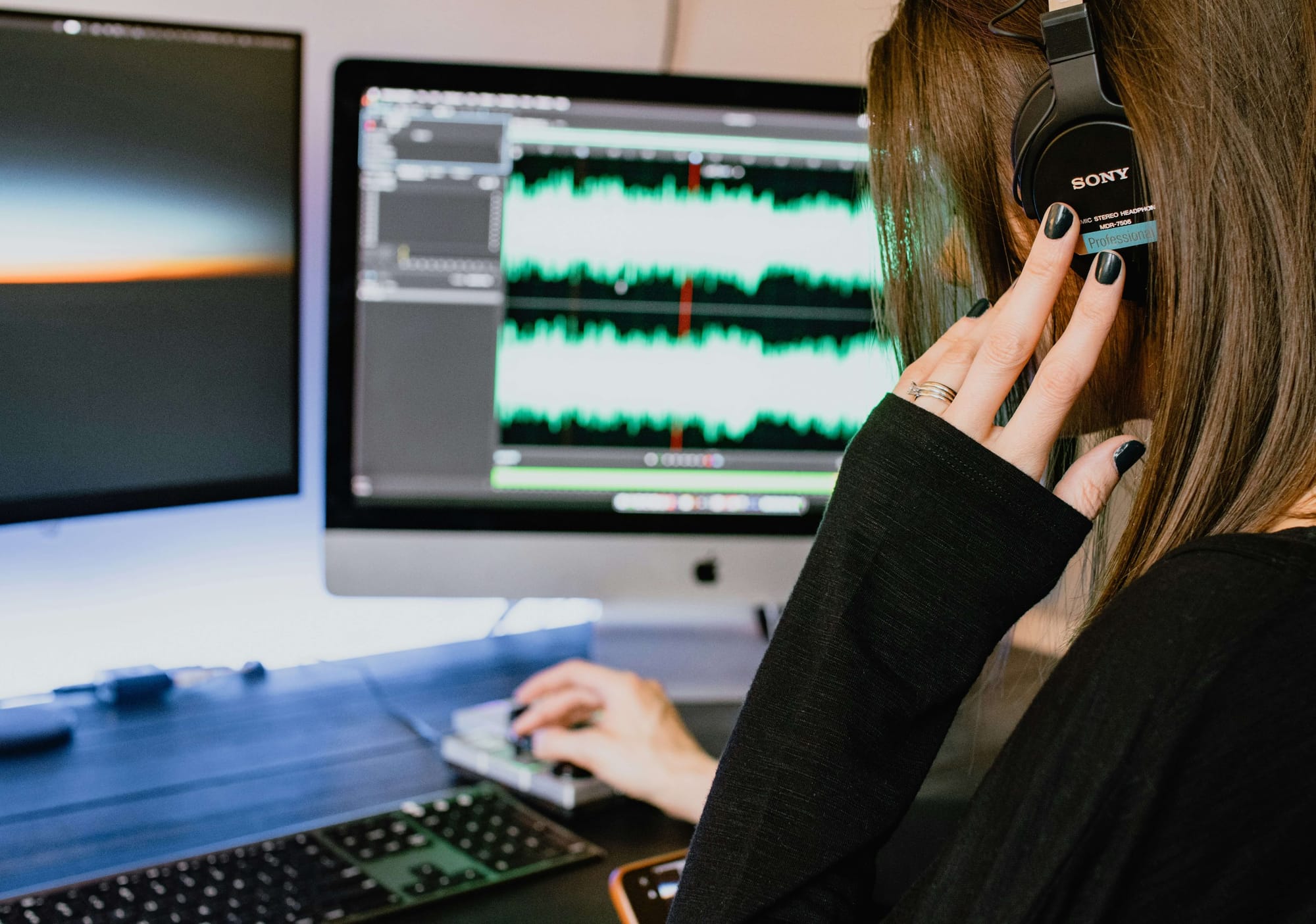







![Social media image sizes for all networks [June 2025]](https://blog.hootsuite.com/wp-content/uploads/2023/01/Social-Media-Image-Sizes-2023.png)






